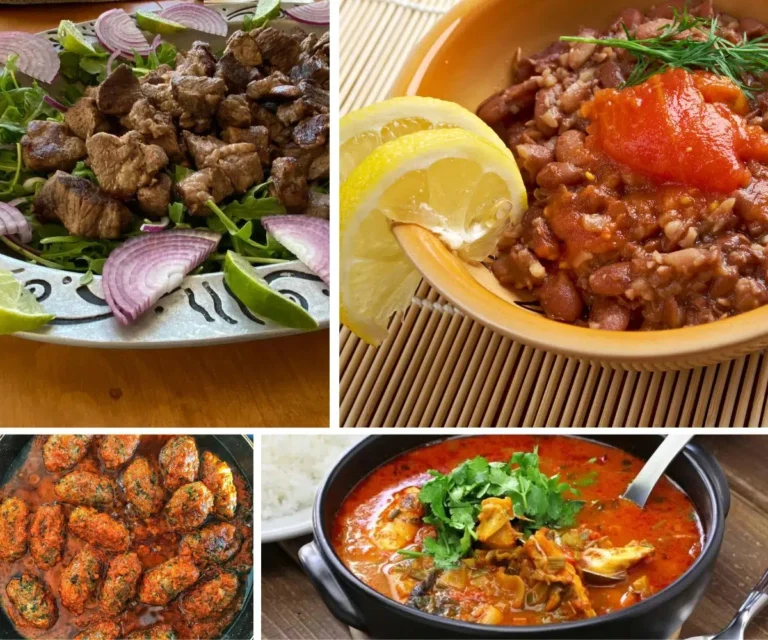Introduction: South Sudanese Cuisine
South Sudanese cuisine is a unique blend of African, Arab, and Indian influences. It is characterized by its use of locally sourced ingredients, including grains, vegetables, and meats. The cuisine is deeply rooted in South Sudanese culture and history, and it reflects the country’s diverse ethnic groups and their traditional dishes.
Geographical and Cultural Influences
South Sudanese cuisine is heavily influenced by its neighbors, including Ethiopia, Kenya, and Uganda. The country’s location at the crossroads of these countries has led to an exchange of culinary traditions. The cuisine is also influenced by the Arab and Indian traders who have visited the region over the centuries. South Sudanese culture places a strong emphasis on hospitality, and sharing meals with family and friends is an important part of the culture.
Staple Foods and Ingredients
Staple foods in South Sudanese cuisine include sorghum, millet, rice, and corn. Vegetables such as okra, eggplant, and pumpkin are also commonly used. Meat is an important part of the diet, and beef, goat, and chicken are popular choices. Fish is also a common ingredient, as South Sudan is home to the Nile River and its tributaries.
Methods of Preparation and Cooking
South Sudanese cuisine uses a variety of cooking methods, including boiling, grilling, and frying. Stews and soups are popular dishes, and they are often cooked for hours to allow the flavors to meld. Peanut butter is a common ingredient in many dishes, adding richness and depth of flavor.
Popular South Sudanese Dishes
One of the most popular South Sudanese dishes is called Kisra, which is a type of bread made from sorghum flour. Another popular dish is called Bamia, which is a stew made with okra and meat. Other popular dishes include beef stew, chicken curry, and a variety of soups.
Comparison with Other East African Cuisines
South Sudanese cuisine differs from other East African cuisines in several ways. Unlike Ethiopian cuisine, South Sudanese cuisine does not heavily rely on spices. Unlike Kenyan cuisine, South Sudanese cuisine does not include as many tropical fruits. Ugandan cuisine, on the other hand, shares some similarities with South Sudanese cuisine, such as the use of stews and soups. Overall, South Sudanese cuisine is a unique blend of influences that reflects the country’s history, culture, and geography.

